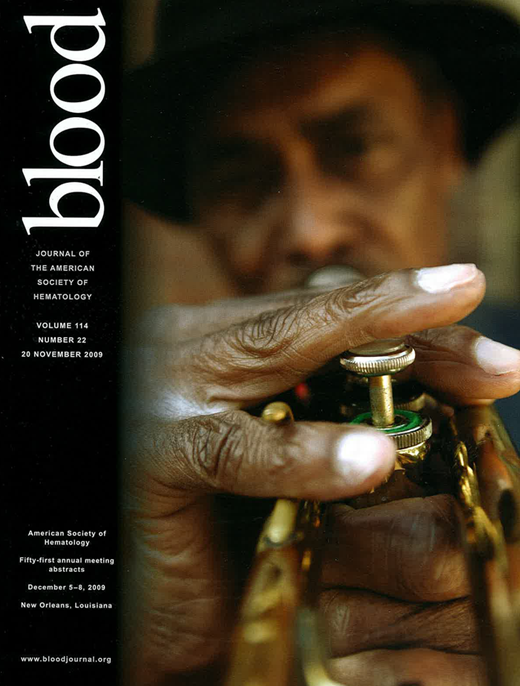Abstract
Abstract 3531
Poster Board III-468
The identification of hematopoietic stem cell (HSC)-specific surface markers has been a goal for functional stem cell studies and for clinical applications, including transplantation and gene therapy. In humans, the CD34 cell surface marker is largely used in clinical applications for isolation of hematopoietic stem and progenitor cells, and as a predictor of graft HSC content in hematopoietic stem cell transplant. The combination CD34+CD38- provides further enrichment, but the heterogeneity of this population precludes studies requiring levels of purity achieved in mouse models, such as comparative gene expression profiles or in situ histological analyses. Recently, a simple and broadly applicable method to isolate mouse HSCs has been developed based on expression of cell surface markers members of the Signaling Lymphocyte Activation Molecule (SLAM) family, including CD150, CD48, and CD244 (Kiel MJ et al., Cell 2005; 121:1109-1121). In transplantation assays, 1 in 4.8 CD150+CD48- bone marrow cells provide long-term, multilineage reconstitution in recipient mice. We examined the possibility of using these SLAM markers to facilitate the isolation of highly enriched populations of HSCs in humans and rhesus macaques. We tested the in vivo repopulating and colony forming potential of CD150+CD48- cells (SLAM cells) in comparison with non-SLAM cells which included all viable cells outside the SLAM gate (non-SLAM cells). Human G-CSF mobilized cells were pre-enriched for CD34+ cells to facilitate sorting of the rare population of CD150+CD48- cells. SLAM cells were absent in the CD34- fraction. Using stringent gates defined with isotype controls, we observed that 1.1% of human CD34+ cells were CD150+CD48-. In CFU assays, there was no difference in the frequency of colonies obtained between SLAM, non-SLAM and unfractionated CD34+ cell populations. Sublethally irradiated NOD/SCID/γcnull mice were transplanted by tail-vein injection with 1×103 to 1×104 human SLAM cells, 1×105 to 5×106 human non-SLAM cells, or 1×103 to 1×106 human unfractionated CD34+ cells. Mice transplanted with less than 1×105 cells also received 1×105 CD34- carrier cells. Surprisingly, in contrast to data obtained in murine models, both SLAM and non-SLAM populations had in vivo repopulating potential, and levels of human cell engraftment based on CD45 cell surface expression were similar to those obtained with unfractionated CD34+ cells. Similar results were obtained when human CB cells were used to isolate CD150+ and CD150- populations with no pre-enrichment in CD34+ cells. We next investigated whether SLAM receptors may facilitate the isolation of enriched populations of HSCs in rhesus macaques. In two independent experiments, mobilized peripheral blood CD34+ cells were obtained and further purified into SLAM and non-SLAM populations using human antibody clones cross-reactive with rhesus macaque cells. In each experiment, approximately 0.5% of CD34+ cells were CD150+CD48-. In CFU assays, the number of colonies obtained from each population was similar and comparable to the numbers of CFU derived from unfractionated CD34+ cells. Similar to findings in humans, both SLAM and non-SLAM populations had in vivo repopulating potential and levels of engraftment were similar to those obtained after transplantation of unfractionated CD34+ cells. Therefore, these combinations of antibodies against SLAM markers are not suitable for isolation of HSCs in large mammals. We conclude that human and rhesus macaque repopulating HSCs are not enriched in the CD150+CD48- SLAM population.
No relevant conflicts of interest to declare.
Author notes
Asterisk with author names denotes non-ASH members.

